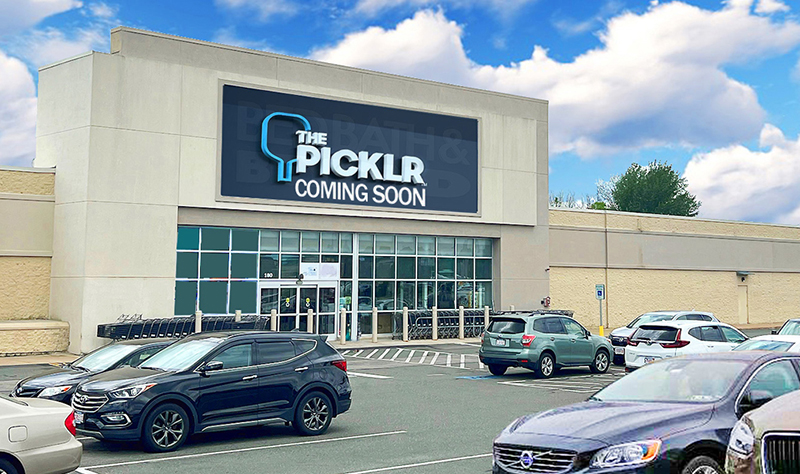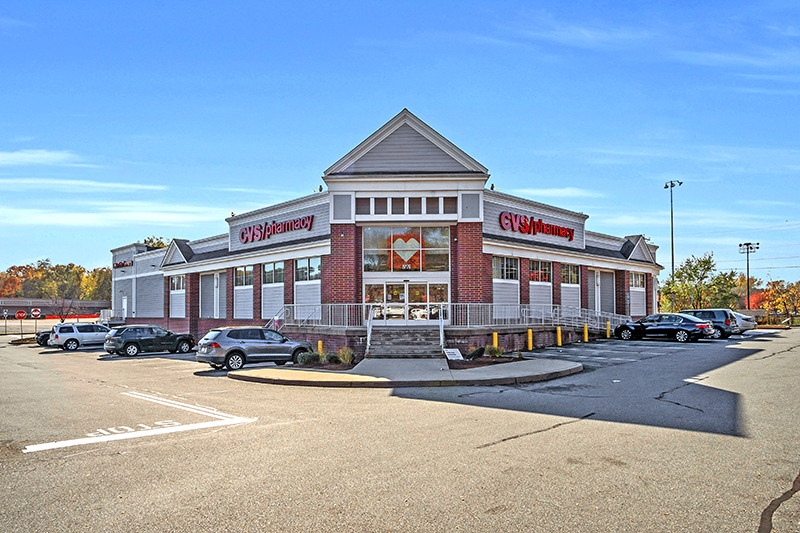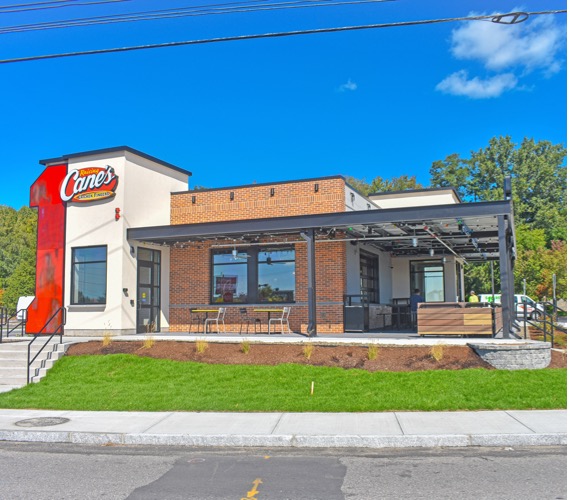The best of times - by Carol Todreas

It doesn’t get much better. Demand for retail space exceeds supply. Vacancy rates for retail are low in the Boston area. Boston along with Miami and Raleigh, North Carolina tied for the lowest vacancy rates at 2.9% this quarter and this has been a continuing trend, according to industry trackers. Retail tenants are searching for space, and malls that have reinvented themselves are back in favor. The novelty and convenience of internet shopping has taken its place among well-placed and well-merchandised brick and mortar stores .
As for supply, the new space and the next “big thing” is the development over the turnpike. Now called Lyrik Back Bay, with 35,000 s/f of retail space, it is well positioned between Fenway and Newbury St. at Massachusetts Ave. and Boylston St.
Lyrik Back Bay is a major addition to the city with hotel, lab space, offices, retail and restaurants, public seating, live music and art installations. Parking for 150 vehicles will be underground. There will also be some new retail space in the I-90 Allston Multimodal Development knitting Cambridge and Allston together which will be on board in the next few years. Other than that, supply will come from street locations in suburban and town neighborhood commercial centers.
We are still living in a hybrid work environment with time shared between home and office, and many studies predict these conditions are unlikely to change soon. This presents demand for increased goods and services closer to home than when the work force was mainly in the city.
So retail space on street locations is looking less risky and actually promising for many retailers.
Once again it is an opportunity for suburbs with neighborhood commercial centers. However, the situation is not without challenges: Parking and Retail Space Size
Parking
The new MBTA zoning in towns that are near the T has the potential to make it difficult and risky for many businesses since parking is generally taking a back seat in the new schemes of development. The theory is that customers will walk and bike to and from stores. While that will happen, generally speaking shoppers are in their cars doing errands, taking their kids to dentists, doctors, sports, after school cultural programs, and religious events. This means they are out of their residential neighborhood and shopping along the way at places convenient to wherever it is their errands take them and they can park.
To patronize non-mall stores customers need parking. Most suburban residents who comprise the market have families and typically drive and park for their goods and services. This is reality. If suburban town center shops are to thrive, parking will need to exist, be convenient, be managed, and complement a pedestrian-friendly environment.
Retail Space Size
The other consideration is the creation of small and affordable retail spaces. Usually in new buildings the retail space is designed for national chains with each space sized between 2000 and 3000 s/f.
Local retailers are usually new entrepreneurs and often first generation immigrant families with limited capital. Their business model generally only needs between 500 and 1000 s/f. This is an economic and design challenge for developers and a departure from the historic formula in use for generations. However, for sustainable, attractive and welcoming shopping environment, the ideal is a mix of small stores and a sprinkling of few market-focused national or regional chains. And then other amenities such as community and green spaces need to follow.
That said, if landlords and public officials can figure out how to include small spaces in new development at a reasonable rent, and there is a managed plan for parking that does not destroy nor interfere with the walkability, then bravo! This is what people want now and town centers can become a lively destination.
Carol Todreas is retail consultant for Todreas Hanley Associates, Cambridge, Mass.
Mace of KeyPoint Partners negotiates 36,192 s/f lease for The Picklr at Endicott Square
Danvers, MA KeyPoint Partners (KPP) negotiated a lease with the nation’s premier indoor pickleball venue The Picklr at Endicott Sq. Vice president of retail brokerage Don Mace negotiated the transaction on behalf of the landlord.





.jpg)


